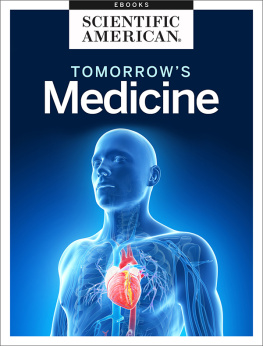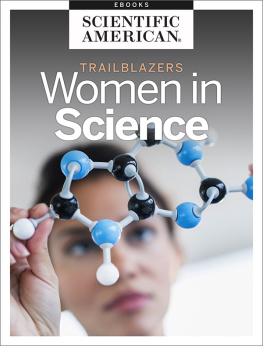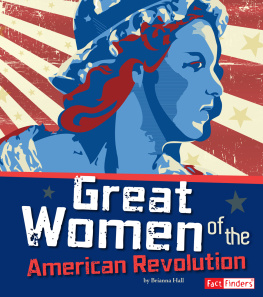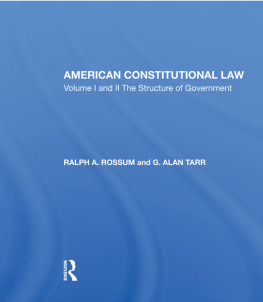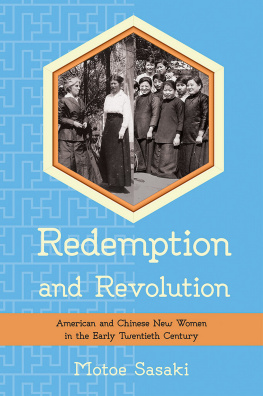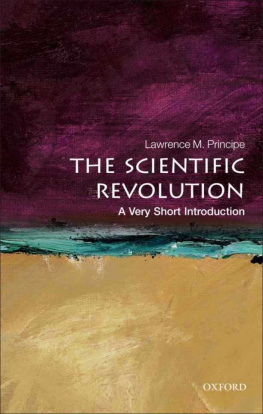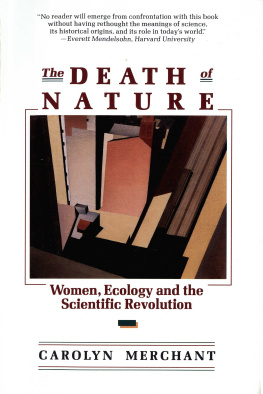Dr. Ralph H. Hruban - A Scientific Revolution: Ten Men and Women Who Reinvented American Medicine
Here you can read online Dr. Ralph H. Hruban - A Scientific Revolution: Ten Men and Women Who Reinvented American Medicine full text of the book (entire story) in english for free. Download pdf and epub, get meaning, cover and reviews about this ebook. year: 2022, publisher: Pegasus Books, genre: Romance novel. Description of the work, (preface) as well as reviews are available. Best literature library LitArk.com created for fans of good reading and offers a wide selection of genres:
Romance novel
Science fiction
Adventure
Detective
Science
History
Home and family
Prose
Art
Politics
Computer
Non-fiction
Religion
Business
Children
Humor
Choose a favorite category and find really read worthwhile books. Enjoy immersion in the world of imagination, feel the emotions of the characters or learn something new for yourself, make an fascinating discovery.

- Book:A Scientific Revolution: Ten Men and Women Who Reinvented American Medicine
- Author:
- Publisher:Pegasus Books
- Genre:
- Year:2022
- Rating:3 / 5
- Favourites:Add to favourites
- Your mark:
- 60
- 1
- 2
- 3
- 4
- 5
A Scientific Revolution: Ten Men and Women Who Reinvented American Medicine: summary, description and annotation
We offer to read an annotation, description, summary or preface (depends on what the author of the book "A Scientific Revolution: Ten Men and Women Who Reinvented American Medicine" wrote himself). If you haven't found the necessary information about the book — write in the comments, we will try to find it.
A Scientific Revolution: Ten Men and Women Who Reinvented American Medicine — read online for free the complete book (whole text) full work
Below is the text of the book, divided by pages. System saving the place of the last page read, allows you to conveniently read the book "A Scientific Revolution: Ten Men and Women Who Reinvented American Medicine" online for free, without having to search again every time where you left off. Put a bookmark, and you can go to the page where you finished reading at any time.
Font size:
Interval:
Bookmark:
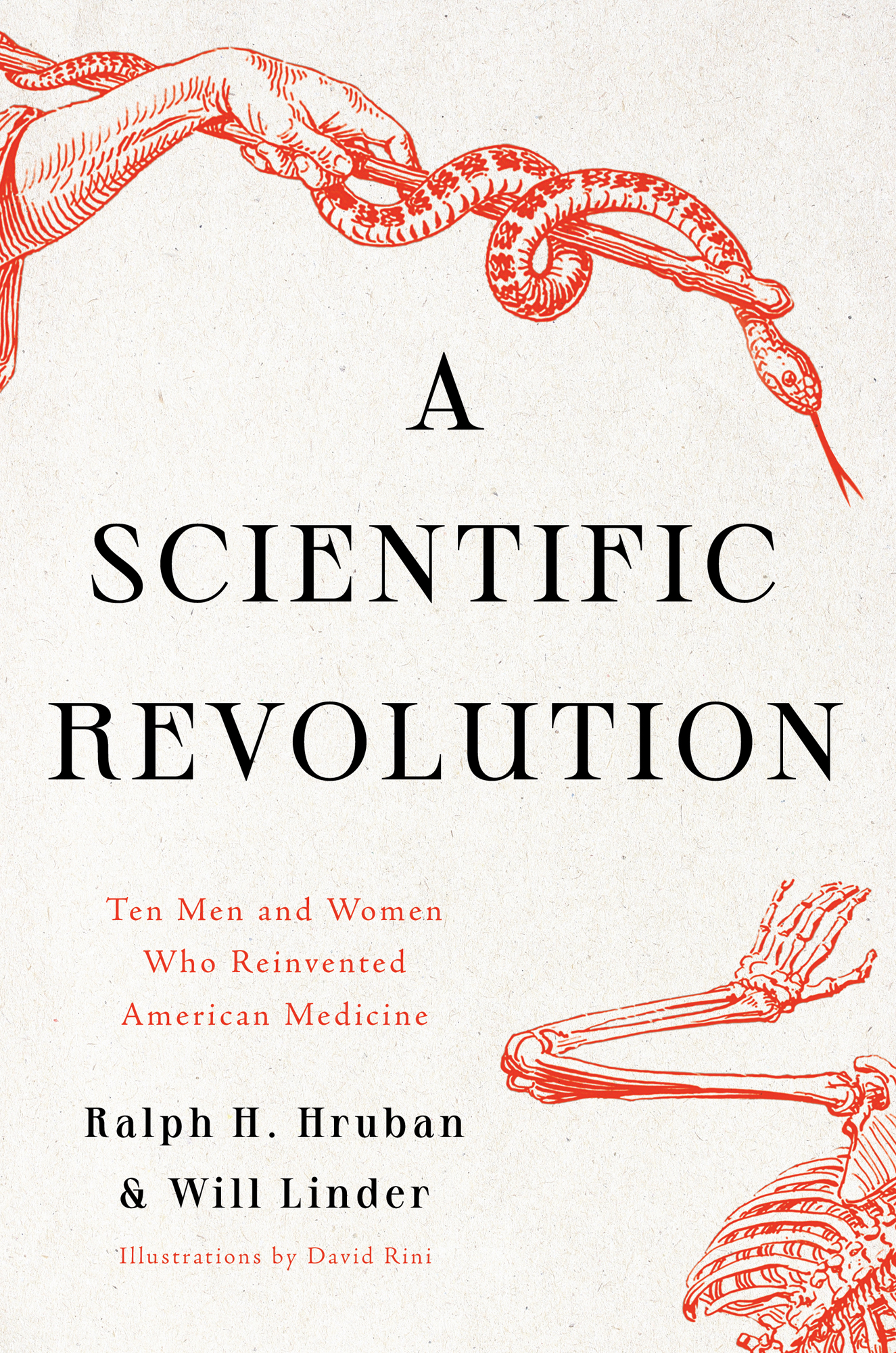
A Scientific Revolution
Ten Men and Women Who Reinvented American Medicine
Ralph H. Hruban & William Linder
Illustrations by David Rini
The legendary Johns Hopkins Hospital has finally found its bards; their names are Ralph Hruban and Will Linder My prescription, then, is to turn the page and begin reading the sterling essays on the medical disrupters that follow. I am confident that all who do, will savor every chapter. From the Foreword, Howard Markel, MD, PhD, George E. Wantz, MD Distinguished Professor of the History of Medicine and Director, Center for the History of Medicine, the University of Michigan Medical School
Ralph Hruban and Will Linders history of medical advances through the lives of medical pioneers is a fascinating history that should be read by every American who enjoys the benefits of modern medicine. This is biological history at its best. Robert Dallek, Pulitzer Prize nominated historian
A Scientific Revolution puts the lives of ten remarkable women and men under the microscope to provide a compelling perspective of more than a century of progress in American medicine. Its strength lies in the honesty of its storytelling. Hruban and Linder bring us into a world where institutional politics, sexism, and racism created severe barriers not only to health equity but to scientific accomplishment. We learn of spectacular advances in medical research and clinical care occurring at a time when personalities often clashed, women were denied equal opportunity, and segregation extended to separate rooms for bodies after death. Its this honesty that makes the book not just a fascinating look into the past but a valuable lens for looking ahead. Jon LaPook, MD, Chief Medical Correspondent, CBS News, Mebane Professor of Gastroenterology, Professor of Medicine, NYU Grossman School of Medicine and NYU Langone Health
The names Edison, Einstein and Pasteur stand out as inventors, trailblazers and visionaries who changed our world. But in the field of medicine, there are other names we should know. Over a century ago, these ten men and women pioneered how doctors were trained, developed techniques for modern surgery, addressed hygiene issues, and more, all while making great personal sacrifices and enduring hardship. Together, their contributions were transformative. These engaging profiles by Ralph Hruban and Will Linder show how the collective impact of these four women and six men laid the foundation for todays rigorous standards for patient care and clinical research. David Louie, Emmy Award-winning Business & Technology Reporter, ABC7 News Bay Area, and past national chairman of the National Academy of Television Arts & Sciences
An enthralling and honest history of the first century of scientific medicine in the form of penetrating portraits of ten pioneers. Overcoming obstacles that included addiction, deafness, rampant sexism, vicious racism, and hard-shelled tradition, the ten made possible the medicine of today. Their courage and resilience are a bracing example. Scott Shane, former New York Times reporter, author of Dismantling Utopia and Objective Troy and winner of the Pulitzer Prize
From the late nineteenth to the mid-twentieth century, the Johns Hopkins Medical Institutions pioneered new procedures and treatments that put patients health, comfort, and safety foremost. Beginning with John Shaw Billings, who witnessed firsthand the horrors of Civil War medicine and who subsequently gave hospitals their first modern design, to Vivien Thomas, a grandson of enslaved people, who tolerated bitter racial discrimination while pioneering new procedures in heart surgery, here are ten compelling portraits of men and women engaged in a great scientific revolution. Ric Cottom, historian and host of WYPRs Your Maryland

Detail from bookplate illustrated by Max Brdel for the surgeon J. M. T. Finney. The illustration, a portion of which is used on the cover, depicts either Hippocrates or the Greek god of healing, Asclepius, using the Rod of Asclepius, a serpent-entwined staff that symbolizes healing and medicine, to ward off death, depicted wielding a scythe. The work beautifully illustrates the power of Brdels pen-and-ink illustrations. Though Brdel chose a classical style for this decorative piece, his medical illustrations embody the deep commitment to scientific research exemplified by the ten men and women profiled in this book. (Pen and ink, 1912.)

To Jarmila Hruban. From a small village in Southern Bohemia, to a refugee camp in Germany, to the South Side of Chicagothe arc of her lifes journey makes her my eleventh great.
R. H. H.
To my wife Jan. In the words of Bob Dylan, Without your love, Id be nowhere at all.
W. L.
It is only in the light of the past that we can hope to solve the problems of the present, and the future.
Sir William Osler

The legendary Johns Hopkins Hospital has finally found its bards; their names are Ralph Hruban and Will Linder. In this wonderfully written book, they tell the stories of ten extraordinary men and women in the history of American medicine. All of them were connected in some capacity to the Johns Hopkins Hospital and Medical School. They were all integral actors in the rapidly changing medical landscape over the past century and a half.
The authors begin with the two revolutionary philanthropists who put up the money for what became one of the most recognizable medical entities in the world. We learn about Johns Hopkins, a nineteenth-century Quaker merchant from Baltimore, whose $7 million endowment to establish a university (1876), a hospital (1889), and a medical school was then the largest in the world. The other critical patron was Mary Elizabeth Garrett, a railway heiress, suffragist, and practitioner of what became known as coercive philanthropy. She insisted that her much-needed financial gift to open the medical school in 1893 was contingent upon allowing women students to matriculate on the same terms as men.
Although the physician William Osler initially objected to Garretts proposition, we are all beneficiaries of the always diplomatic and strategic pathologist William Henry Welch, who quickly embraced the terms of the gift and took the money. Twenty-three years earlier, in 1870, the University of Michigan Medical School had already begun accepting female students, making it one of the first major American universities to do so. Aside from the women-only schools or the soon-to-be-closed proprietary medical schools that did accept women in the 1890s, however, Johns Hopkins was one of the few major university-based medical schools to educate both men and women doctors at the fin de sicle. But the male professors at Johns Hopkins required a feminist benefactress to make this then-revolutionary change.
Hruban and Linder next introduce John Shaw Billings. Few people today recollect that the organizer of the Library of the Surgeon Generals Office, the president of the New York Public Library, and the designer of the original Johns Hopkins Hospitalincluding its iconic dome towering over Baltimorewas the same man: Billings. In my humble opinion, Billings was one of the most underappreciated medical geniuses of the late nineteenth and early twentieth centuries. The more people who know about his many accomplishments, the better!
Font size:
Interval:
Bookmark:
Similar books «A Scientific Revolution: Ten Men and Women Who Reinvented American Medicine»
Look at similar books to A Scientific Revolution: Ten Men and Women Who Reinvented American Medicine. We have selected literature similar in name and meaning in the hope of providing readers with more options to find new, interesting, not yet read works.
Discussion, reviews of the book A Scientific Revolution: Ten Men and Women Who Reinvented American Medicine and just readers' own opinions. Leave your comments, write what you think about the work, its meaning or the main characters. Specify what exactly you liked and what you didn't like, and why you think so.


